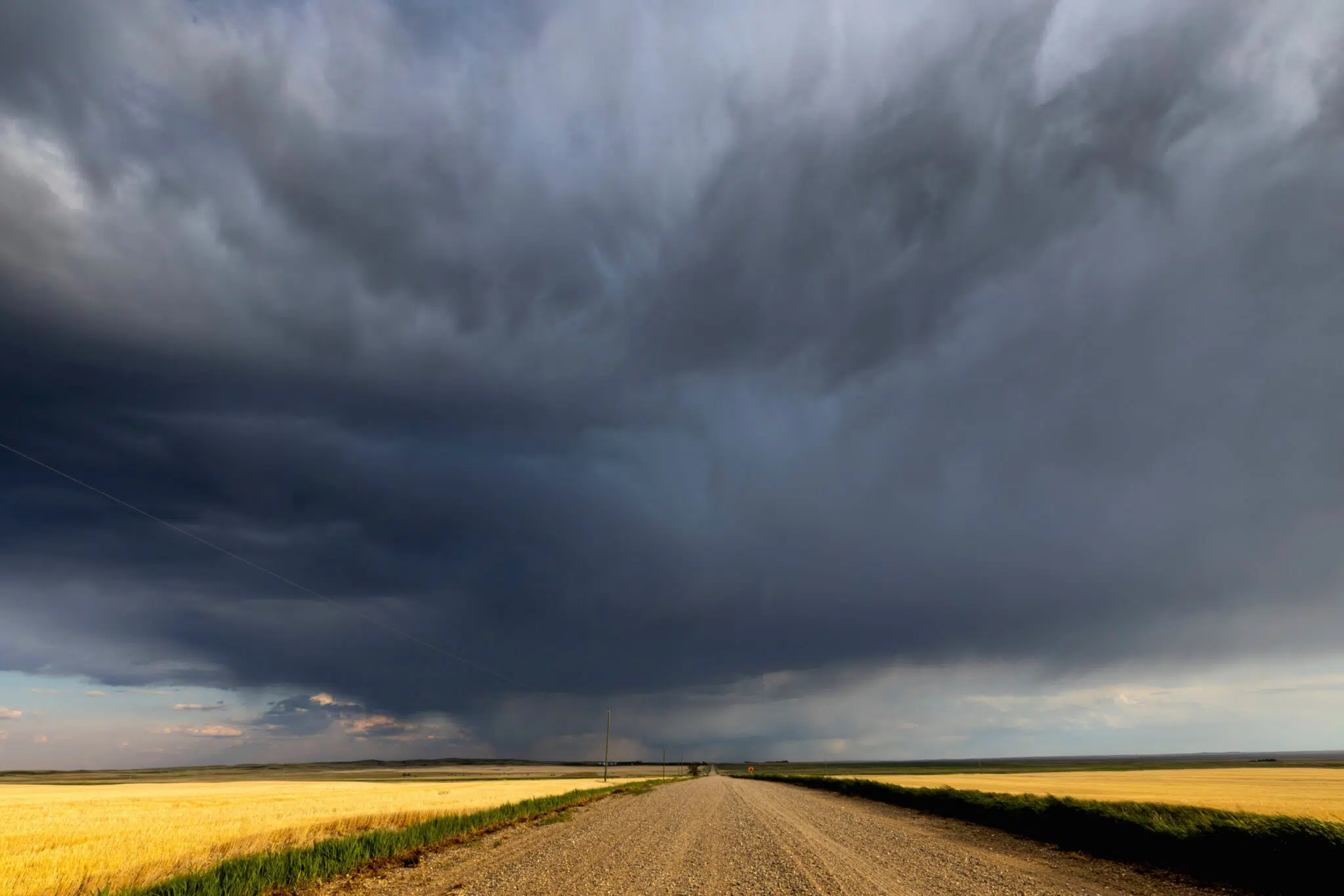Max McKeown said, “All failure is failure to adapt, all success is successful adaptation.” While you might be on the fence regarding Max’s quote, one thing is certain, climate change has us exposed to ever-changing environmental stressors, bringing about ever-changing challenges. Yes, with the aid of improved genetics and breeding, we can upgrade our flocks on an annual basis but, as we know, this takes time, and time is not what we have. How do we upgrade our farming systems when faced with something as rapidly changing and unpredictable as weather patterns? Plan, plan, do some more planning, and then implement the plans. Occasionally, the plan will fail, but then we adapt the plan again. Just as our animals have evolved to adapt to the ever-changing environments, we too need to adapt our management to aid them in reaching their potential production heights.
Environmental stressors
Rainfall is one aspect of the weather that has become very unpredictable, bucketing down at the wrong time of year, and then withering away when we need it most. There are two sides to rain. On the one hand, it brings hope, new grazing, and crop production; however, creeping in among the fields of hope could be mud stress, which might lead to damaged and infected hooves or claws that will limit animals in terms of their ability to walk, graze, produce, and even reproduce.
The second stressor caused by climate change is heat stress, which is anything but new. However, the sun seems to be beating down harder than ever before. Heat stress not only negatively affects our animals, but the plants they consume too. Some moulds thrive when plants are exposed to environmental conditions that rapidly change, such as drought followed by rain. This mould growth by field fungi leads to mycotoxin production, which may negatively affect various aspects of animal production. Mould growth does not only occur in the field, but also under storage conditions (known as storage fungi). This is something to keep in mind if a fodder programme is designed to include harvested or stored forages and crops.
Cold stress, the third stressor, is not one that always comes to mind, as we live in a warmer region of the globe. However, cold stress can easily be caused by a combination of wet and cold weather that is accompanied by wind. This can lead to hypothermia, which can have a negative effect on newly sheared sheep or young stock. It has generally been accepted that sheep experience cold stress when they are wet, the wind is blowing, and the ambient temperature is below 7˚C. However, the length of the wool is also an important factor influencing this lower critical temperature value (Table 1).
| Wool thickness (mm) | Lower critical temperature (˚C) |
| 10 | +25 |
| 50 | -5 |
| 70 | -18 |
Table 1 Lower critical temperatures that have been associated with the wool length of unshorn sheep.
What can you do?
In a study conducted in Estonia, when given a choice between being inside indoor shelters or outside, ewes chose to move indoors when they were exposed to low wind-chill values (≤10˚C) and/or high humidity (>90%). However, for all other environmental conditions, ewes still preferred to be outside. Therefore, making the external environment your flock is exposed to more comfortable may help them endure these environmental stressors, with lower production losses.
Why is heat stress so important? During heat stress, blood is directed away from the gut toward the skin. This can result in damage to the gut and reduce the amount of nutrients absorbed. During the summer, it is vital that each member of the flock is able to get rid of as much heat as they possibly can. They should have access to clean, cool water at all times. In addition, providing shade by either planting trees or putting up a shade structure may also help them cool down.
Furthermore, weather forecasts should guide the planning and occurrence of activities such as shearing. How can you change the environment you keep your sheep in during these conditions? Moving sheep to sheltered areas if adverse weather conditions transpire, making windbreaks on the farm, and/or providing outside shelter areas are all good options to reduce the effect of environmental stressors on the herd.
Prepare for the worst, with nutrition
During stressful events, the animal’s immune system usually takes a knock. Ensuring that the immune system is well prepared and supported will reduce the impact of the stressful event. Therefore, it remains important to implement the correct nutritional programme throughout the year. All dietary components work like the weather; without the right amounts, you will not have the perfect storm coming together in immune support, growth, production, and reproduction. Some functions of trace minerals that are occasionally overlooked are presented in Table 2, highlighting their importance during stressful events:
| Disease resistance | Zinc (Zn) Manganese (Mn) Copper (Cu) Selenium (Se) Iron (Fe) |
| Skin and hoof integrity | Zinc (Zn) Manganese (Mn) Copper (Cu) |
Table 2 Functions of trace minerals during stressful events.
Whatever the weather, prepare for the unpredictable as best you can to adapt to the unknown.
Download the full article as published in Volume 9, Issue 2 of Wolboer/Wool Farmer.
Ruminant researcher










